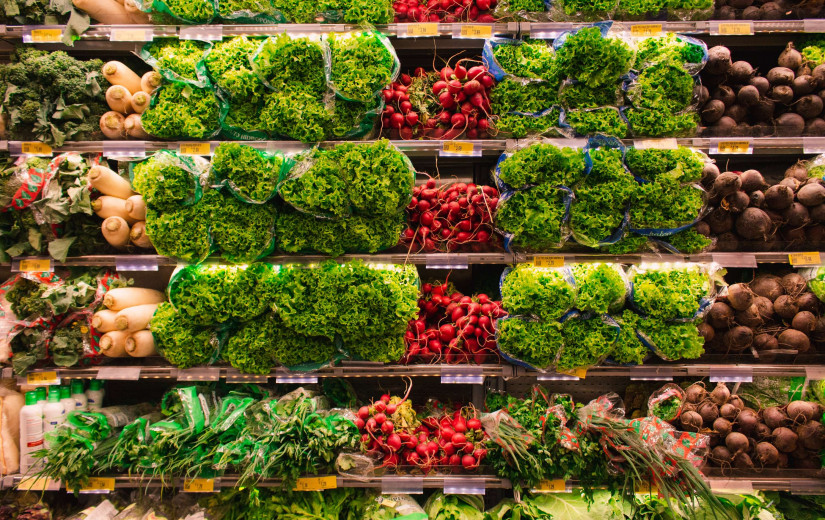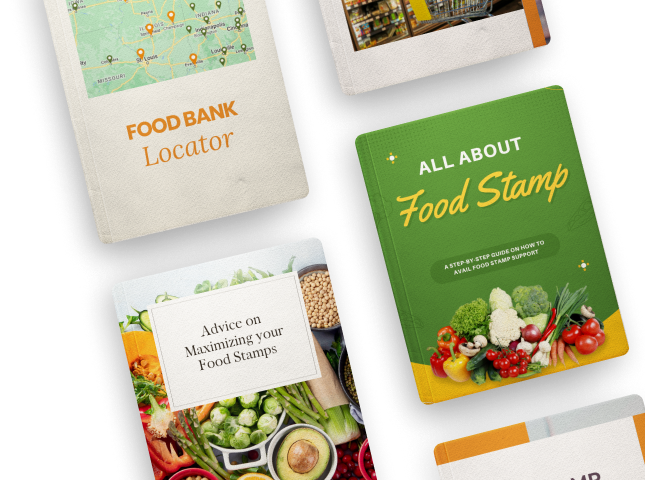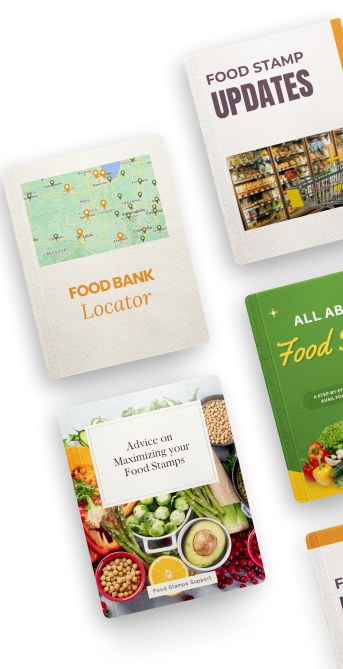Understanding Food Stamps for Students: A Guide to SNAP Benefits
Navigating financial challenges as a student can be overwhelming, especially when juggling the demands of education without a steady income. To alleviate some of the financial burdens, many students turn to government assistance programs like SNAP benefits.
Let's delve into the eligibility criteria and income limits for students to access this vital support.
Exploring SNAP Benefits for Students
SNAP benefits, also known as food stamps, are an essential resource for students in need. To qualify for these benefits, students must meet specific requirements related to their income and available resources.
Generally, students between 18 and 49 years of age can receive SNAP benefits, as long as their family income falls at or below 130% of the poverty line. However, some exceptions apply based on certain eligibility rules.
Understanding Eligibility Criteria
While most students can apply for SNAP benefits, there are a few exceptions. Students with physical or mental disabilities may not be eligible, along with those who work over 20 hours per week in paid employment.
Additionally, students enrolled in state or federally funded work study programs and those caring for a child under six years of age may also be ineligible. Students already benefiting from programs like Temporary Assistance for Needy Families (TANF) are also excluded.
It is advisable to visit inchange.org to explore more eligibility requirements.
Maximizing SNAP Benefits
To ensure students receive the maximum benefits available, it is vital for them to understand the income limits and eligibility rules. Applying for SNAP benefits through their respective state programs is the first step.
By meeting the specified criteria, students can receive the necessary assistance for their daily food expenses, easing the financial burden they face while pursuing their education.
Conclusion
For students facing economic challenges during their academic journey, SNAP benefits and food stamps can be a lifeline. Understanding the income limits and eligibility criteria is crucial to accessing the support they require.
By visiting inchange.org, students can find valuable information about SNAP benefits and other resources available to help them access the assistance they need to navigate their educational pursuits successfully.

















